Today, I’ll be discussing how to use picture scenes for mixed groups in speech therapy. First off, I think it’s important to acknowledge that mixed groups are really tough. If you have a lot of mixed groups and you’re struggling, please know that you’re not alone. I hope today’s episode gives you some new ideas and encouragement.
I also wanted to let you know that I also did a blog post about using picture scenes in speech therapy, so if you are less familiar with how to incorporate this amazing tool, you may want to check that out as well. I’ll be sure to link it in the show notes. In that blog post, I mentioned that one of the things I love about picture scenes is how great they are for mixed groups, and in today’s podcast, we’ll dive into that topic specifically. Let’s get started.
Importance of kids knowing their goals
First off, I think it’s important to acknowledge that mixed groups are really tough. One of the most essential elements of using any tool effectively with mixed groups is doing your best to make sure that each of your students knows what their goals are. My favorite way to work on this is to really invest time at the beginning of the year in teaching students about their goals, and then start every session with a one-minute goal review. You can just quickly go around and have each student explain what they’re working on, and give them support and reminders as needed.
Using the turn-based approach with picture scenes for mixed groups
With the turn-based approach, all of the students are looking at the same picture, but that’s where the similarities end, because each student is doing a different activity as they take turns going around the group. The benefits of this approach are that you can be very specific with the various skills you’re focusing on, and it’s easier to get targeted data. This approach can also be helpful for newer therapists who want more structure. The downside of this approach is that it can be pretty time-consuming in terms of preparation. It’s also very clinician-directed and doesn’t involve as much peer interaction. One way to address the issue of preparation is to begin creating a “one-pager” to go with each of your picture scenes. This could be printed or digital, and basically it’s a menu of the possible intervention areas and activity ideas that go with a scene.
The emphasis approach with picture scenes for mixed groups
With this approach, all of the students are working with the same picture scene, AND they are all doing the same activity. You can see how this approach would involve less planning for you, and more interaction between students, which is great! But the challenging part here is that as the therapist, you need to be very familiar with each student’s goals, and you need to be pretty comfortable with ambiguity. Of course, you will be selecting the main activity in advance, but then as the students complete the activity, you’ll emphasize different elements of it with each student, depending on what their goals are. It can take some practice before you feel comfortable with this approach because you need to be able to notice and use opportunities to emphasize the selected skills as they arise.
Speaking of flexibility, you might have noticed that in this episode, I kept things pretty open-ended. I offered a few frameworks and approaches you can apply and adapt for your unique caseload. I structured this episode that way on purpose because flexibility is what I love most about picture scenes. They are such a versatile tool, and I hope this episode increases your confidence in using them, especially when it comes to your mixed groups.
References and resources:
- To sign up for a 7-day free trial, please check out: www.thedigitalslp.com/digitalslp
- Alternatively, check out our TpT store.
Full Transcript of Podcast: How to Use Picture Scenes for Mixed Groups in Speech Therapy
Episode 102 - How to Use Picture Scenes for Mixed Groups in Speech Therapy
You're listening to the Speech Space Podcast, a podcast full of tips and resources for SLPs. I'm your host, Jessica Cassity, and this is Episode 102.
Today, I will be discussing how to use picture scenes for mixed groups in speech therapy. Before we get started, I did want to mention that this podcast is brought to you by The Digital SLP membership site, which is a site that features time-saving, interactive digital resources that are all teletherapy platform-friendly. You can learn more or sign up for a free trial by heading on over to thedigitalslp.com/digitalslp.
I also wanted to let you know that I did a blog post about using picture scenes in speech therapy. So if you're less familiar with how to incorporate this amazing tool, you might wanna check that out as well, and I will be sure to link that in the show notes. I also have the Bitly link here for you, which is bit.ly/picturescenesforspeech. So again, if you can't remember that link or you're not able to write it down right now, just check out the show notes which will be linked up with this podcast. So in that blog post, I mentioned that one of the things that I love about picture scenes is how great they are for mixed groups, and in today's podcast we're going to dive right into that topic specifically. So let's go ahead and get started.
First of all, I think it is very important to acknowledge that mixed groups are really tough. At least they can be! So if you have a lot of mixed groups and you're struggling, please do know that you are not alone. I hope that today's episode gives you some new ideas and encouragement. One of the most essential elements of using any tool effectively with mixed groups is doing your best to make sure that each of your students knows what their goals are. I know that this is much easier said than done oftentimes, but this awareness is so important because it activates our students' metacognition and gives them more ownership over their learning.
It also makes our lives easier in mixed groups because students are less likely to question why everyone is doing different things. It also encourages students to self-monitor, and it might even mean that say your principal pops in and ask your students what they're working on that they can tell them. My favorite way to work on this is to really invest time at the beginning of the year in teaching students about their goals and then start every session with a one-minute goal review. You can just quickly go around and have each student explain what they're working on and give them support and reminders as they need them.
Now that we've covered the importance of students being aware of their goals, let's move into some specifics for using picture scenes to address diverse goals within a single group. When it comes to using picture scenes for mixed groups, I think that there are two general approaches that we can use.
The first is the turn-based approach. Now with the turn-based approach, all of the students are looking at the same picture, but that's where the similarities end because each student is doing a different activity as they take turns going around the group. In the example from my blog post that I mentioned earlier in the show, the students were looking at a camping picture scene and one of the students was finding plural nouns, one of the students was explaining how to make s'mores, and one of the students was making predictions for what might happen next.
The benefits of this approach are that you can be very specific with the various skills you're focusing on and it's easier to get targeted data. This approach can also be helpful for newer therapists who want more structure in their therapy sessions. Now, the downside of this approach is that it can be pretty time-consuming in terms of preparation. It's also very clinician directed and it doesn't involve as much peer interaction.
If you're interested in trying out this approach, one way to address the issue of preparation is to begin creating a "one-pager" to go with each of your picture scenes. And now what I mean by that is that this can be something that is either printed or digital, and it's basically a menu of the possible intervention areas and activity ideas that go with a scene. You might have an articulation selection with word lists, an early language section with morphology and basic concepts, a later language section with wh-questions and inferences, and a social section with conversational questions. So you'll really be amazed at how much you can fit on a single sheet of paper whenever you sit down and do this.
And of course, you can adapt this strategy if there are other options that feel like they might work better than a document. You could even have a digital folder or a plastic tub and just add activities whenever you have the time. Creating your "one-pagers" might feel like a lot of work up front, but ultimately you'll be saving yourself time, because you'll be able to just pull out your document and be ready to go with any group.
I like to call the second general approach the emphasis approach. Now with this approach, all of the students are working with the same picture scene and they are all doing the same activity. Here are some possibilities: They could all brainstorm a list of questions based on the scene, like "How do sharks sleep?" for, say, an ocean scene, or "What is the tallest building in the world?" for a city scene. Or, they could take turns describing something they see in the picture and the other students guess what they're talking about. Or, they could work together to create a story based on the picture using story grammar elements.
You can see how this approach would involve less planning for you, and more interaction between students, which is great! But the challenging part here is that as the therapist, you need to be very familiar with each student's goals, and you need to be pretty comfortable with ambiguity. Of course, you'll be selecting the main activity in advance, but then as the students complete the activity, you'll emphasize different elements of it with each student depending on what their goals are.
So, in the example where the students are describing and guessing, if a student has a describing goal, you would be emphasizing and taking data on that skill for that student. And if a student has an inferencing goal, you might be emphasizing and taking data on their ability to guess whatever it is that's being described. And if the student has an articulation goal, you might ask them to only describe objects that start with their target sound.
It can take some practice before you feel comfortable with this approach because you need to be able to notice and use opportunities to emphasize the selected skills as they arise. But, it gets easier over time and it will provide you with so much flexibility when you work with your mixed groups.
Speaking of flexibility, you might have noticed that in this episode I kept things pretty open-ended. I offered a few frameworks and approaches that you can apply and adapt for your own unique caseload. I structured the episode this way on purpose because flexibility is what I love the most about picture scenes. They are just such a versatile tool and I hope that this episode increases your confidence with using them, especially when it comes to your mixed groups.
Now, if you would like to try out a couple of picture scenes, like I mentioned, I did a blog post on this and I have two picture scenes embedded within that blog post, so you can access the link to that through the show notes.
If you enjoyed this podcast, I would love it so much if you would take a moment to leave a five-star review to make it easier for fellow SLPs to find this show. We release new episodes twice a month on the first and third Tuesdays. Also, please don't forget to check out thedigitalslp.com/digitalslp if you are interested in exploring the membership or signing up for a free trial. Thanks so much for listening!


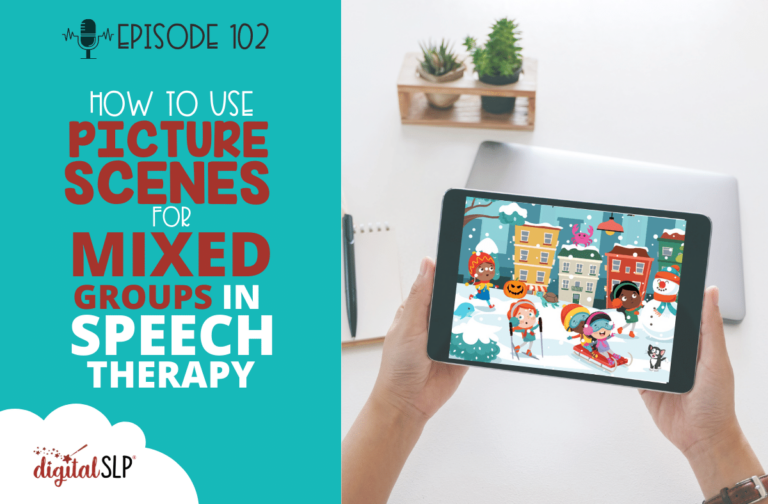



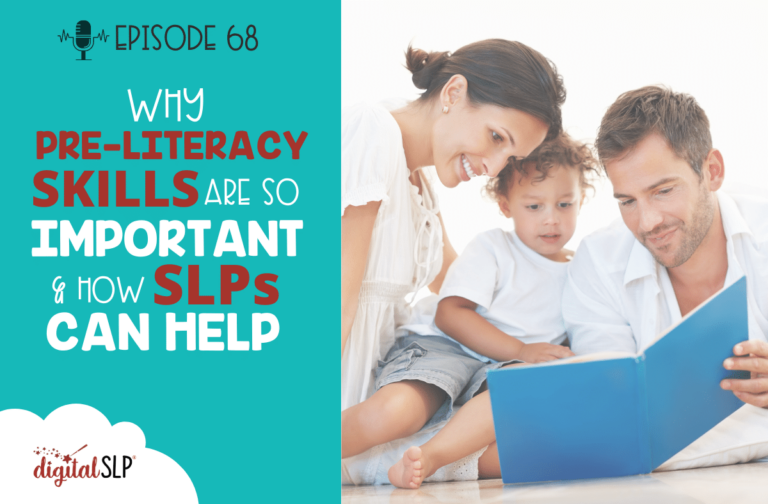
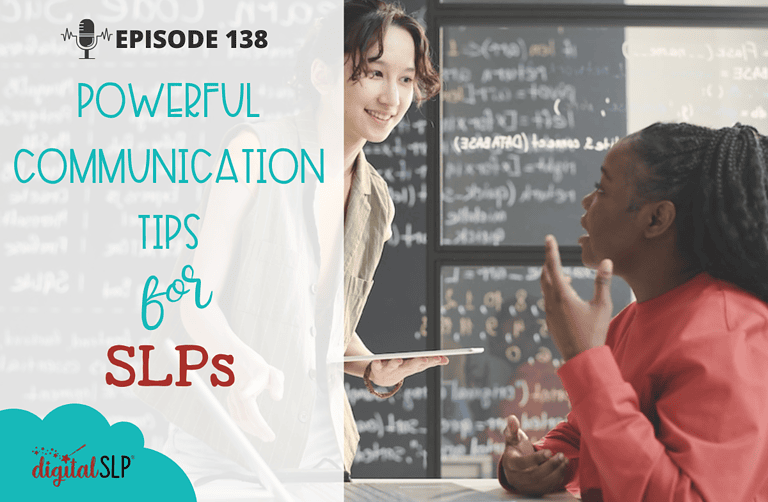


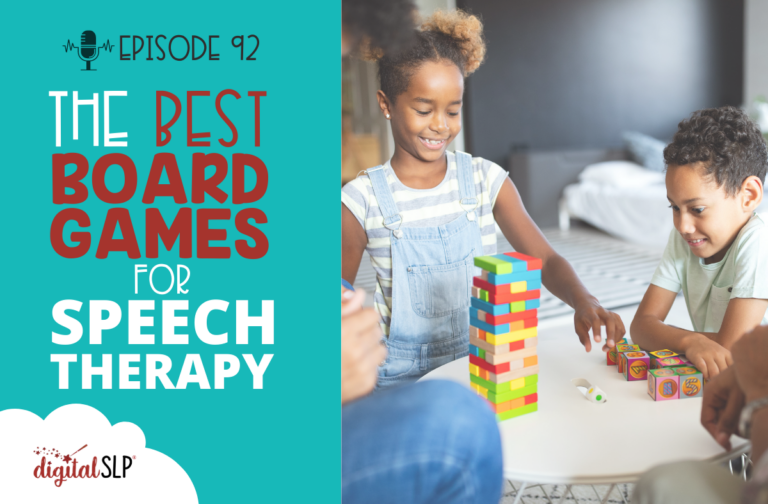
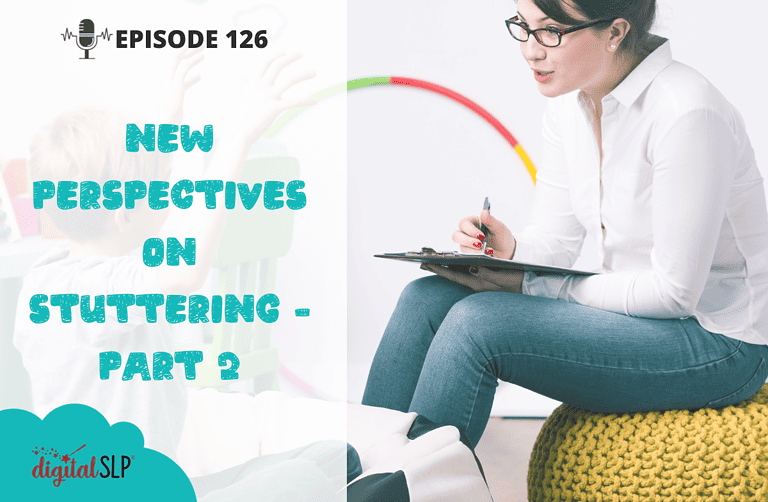

Recent Comments